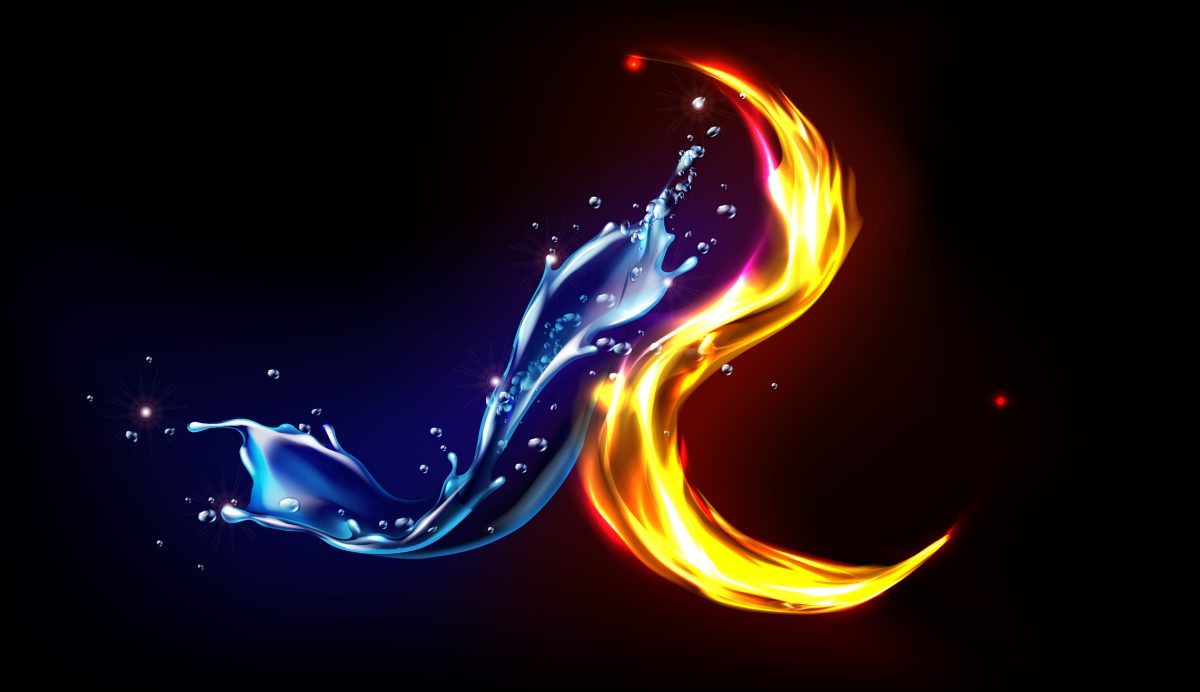What Is Cold Fusion? Is It Possible?
Posted on Categories Discover Magazine

Curtis Berlinguette was a preteen when he first heard of cold fusion. The concept involves the generation of nuclear energy at room temperature, rather than heat similar to the searing core of the sun.
“My dad read about it in a magazine and said it was going to change the world,” Berlinguette recalls.
That seemed like a reasonable conclusion.
Cold Fusion Energy
In the spring of 1989, two electrochemists claimed they’d fused hydrogen atoms into helium under laboratory conditions. If humankind had harnessed this power source, a potent and emissions-free alternative to fossil fuels, it’s possible we wouldn’t now be teetering on the brink of environmental catastrophe.
But later experiments failed to replicate their findings. Mainstream academia turned its back, and the hype about cold fusion passed. Nuclear fusion, on the other hand, saw a big breakthrough late last year, when the U.S. government announced in December that it achieved fusion ignition for the first time.
Berlinguette, now a chemist himself at the University of British Columbia, is helping revive research into cold fusion, after Google tapped him to take a look.
Read More: 4 Ways Climate Change Is Already Taking a Toll
Is Cold Fusion Possible?
Since 2015, with tech-giant funding, Berlinguette and a team of roughly 30 colleagues have nurtured a renaissance.
They — like many before them — still haven’t proven the phenomenon of cold fusion exists. But Berlinguette argues it’s too soon to give up, noting that cold fusion research, even in the worst case, is likely to yield new information about useful materials.
In the best case, more importantly, it could spark an energy revolution.
“To make a fundamentally new discovery,” he says, “one that starts a brand new field or solves a massive problem, requires us to take risks.”
A Controversial Claim
Cold fusion became an overnight sensation after Martin Fleischmann and Stanley Pons, of the University of Utah, announced they had achieved it in early 1989.
The duo reported that when they ran electricity through a metal rod immersed in heavy water, it produced far more energy than they could account for through known chemical interactions. What’s more, they detected stray neutrons near the apparatus, another telltale sign of fusion.
These anomalies led them to suspect a nuclear mechanism no one had ever observed.
Their peers were understandably skeptical. In theory, the claim was outlandish.
What Is Cold Fusion?
For fusion to occur (hot or cold), nuclei need to break the Coulomb barrier: the threshold at which they gain enough energy to overcome the electrical repulsion between them, letting the strong force draw them together and releasing tremendous energy in the process, courtesy of E = mc2.
There is no clear reason why that should be possible in such low-energy circumstances. Fusion as we know it occurs in stars, circa 30 million degrees Fahrenheit — hardly a test-tube affair.
After a couple of months of trying unsuccessfully to reproduce Fleischmann and Pons’s results, the scientific community swiftly shut its collective mind. To be cold-fusion curious could raise eyebrows, provoke ridicule, and perhaps even sabotage a career.
Nevertheless, the box had been flung open, and a small group of believers has continued seeking proof ever since, sometimes rebranded under the banner of low-energy nuclear reactions, or LENR.
The Search Continues
Michael McKubre, one prominent believer, argues the rejection was premature.
In a 2015 review of those early cold fusion experiments, he says that “the whole matter was reported and then comprehensively dismissed within 40 days,” and concludes with the scientific adage: “Absence of evidence is not evidence of absence.”
The Google team grew sympathetic to this view, partly because of how difficult it is to create a suitable environment for cold fusion. They doubt that the first wave of replication attempts accomplished this, and even question whether any subsequent research has.
Google Team Findings
In particular, they were struck by one major hurdle in the Fleischmann-Pons experiments. McKubre and his colleagues at SRI International conducted many of them in the 1990s, and only detected excess heat when they packed a rod of palladium full of hydrogen atoms beyond a specific threshold.
But, as Berlinguette explains, “that system is unstable. It’s challenging to keep those conditions held in a steady state long enough to make reliable and reproducible measurements.”
Without a more consistent method, Google researchers argue there can be no definitive answer.
“Continued skepticism of cold fusion is justified,” they wrote in their first publication, in 2019, “but we contend that additional investigation of the relevant conditions is required before the phenomenon can be ruled out entirely.”
New Insights, New Cold Fusion Technology
For an appraisal of cold fusion to appear in the hallowed pages of Nature — one of the most prestigious science journals — would have been shocking a decade ago. Many young scientists have never even heard of cold fusion, Berlinguette says, given its taboo nature in recent decades.
Although Berlinguette and his colleagues have found no unambiguous sign of excess heat (that is, no solid evidence of cold fusion), their work hasn’t been fruitless, he says.
Cold Fusion Reactor
Based on the insights they gained, they’ve already developed a reactor, named Thor, which is capable of using renewable electric energy to make valuable chemicals and fuels.
That, he suggests, is the true merit of cold fusion research: Regardless of what lies at the end of the road, the journey involves an investigation of materials under extreme conditions. And that, in turn, could lead to all sorts of unexpected innovations.
“This is not an all-or-nothing endeavor,” he and his colleagues write. “Even if we do not find a transformative energy source, this exploration of matter far from equilibrium is likely to have a substantial impact on future energy technologies.”
Read More: How the U.S. Could Have an All-Renewable Energy Grid